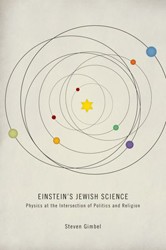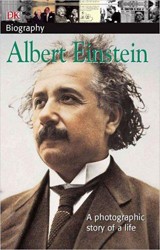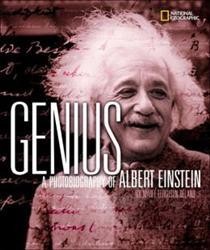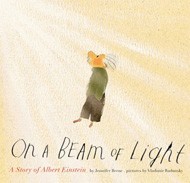Albert Einstein was the world’s first scientist to become an international celebrity, appearing as a preoccupied genius out of touch with the real world, yet stories like the one about his poor performance in school, even failing mathematics, are in reality unfounded.
Einstein grew up in a secular Jewish home in Germany and attended a Catholic school. The required religion classes there kindled his interest in Judaism and he became observant for many years. A free thinker and a pacifist, Einstein did not like the militaristic stance of the German government. At the age of 16, he renounced both his German citizenship and his Jewish observance.
Steven Gimbel, who also wrote Einstein’s Jewish Science: Physics at the Intersection of Politics and Religion (Johns Hopkins University Press, 2012), continues his study of Einstein with this biography explaining his scientific discoveries for lay readers and how his ideas are a product of his world. Albert Einstein saw science as more than a way to explain the origin and behavior of the universe: it was also a model of cooperation for international affairs and a basis for thinking about the deeper philosophical questions of life. Although his work served as the basis for the atomic bomb, Einstein was very troubled by its creation and use. His tendency to speak his mind led to death threats. Conservatives and Nazis considered him dangerous — as did Zionists, despite his strong support for Israel. His personal life was difficult as well, with a bad marriage, messy divorce, and troubled relationships with his children.
Anyone interested in science and history will appreciate this well-written biography of one of the world’s greatest thinkers.





